
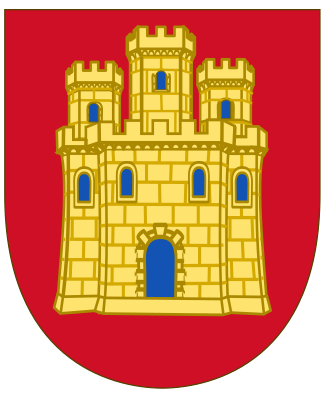

9. Trip to Castilla The Old
9. Trip to Castilla The Old
April 8 to April 14, 2022


163. Medina de Rioseco
163. Medina de Rioseco
The next day I would travel to see the towns in the area where I was staying to the west of Valladolid. The most important town is Medina de Rioseco. It is a town that begins to have importance from the twelfth century, let's say medieval times. It began as a large town in the Andalusian era and with the reconquest it began to be more important. Of the old wall only the San Sebastián Gate remains. If we walk through its streets we can see in the layout of the main street towards the main square architecture from 3 to 4 centuries ago in the arcades and columns.
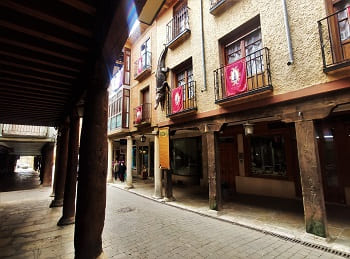
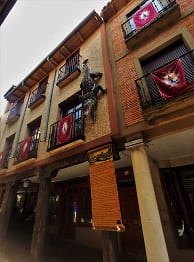
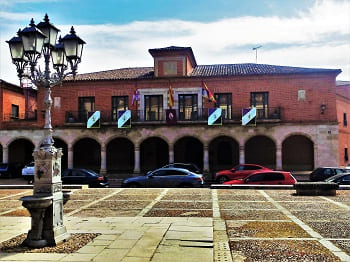
This town has several churches of great importance. Together with Olmedo, Tordesillas and Peñafiel, it is one of the most important towns in religious architecture.
The most important religious center and today converted into a city museum is the convent of San Francisco. Of all the original convent, today the church is preserved, dedicated to the Virgen de la Expectación, resting on the remains of the medieval wall. It has a magnificent Baroque altarpiece and balconies with all kinds of decorations from which monks or important people used to listen to mass.
It is also worth mentioning some side chapels of the cloister, its basement, the Chapter House and the Refectory, now converted into the Chapel of the Nursing Home.
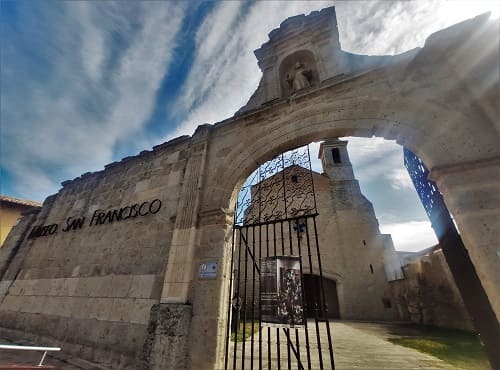
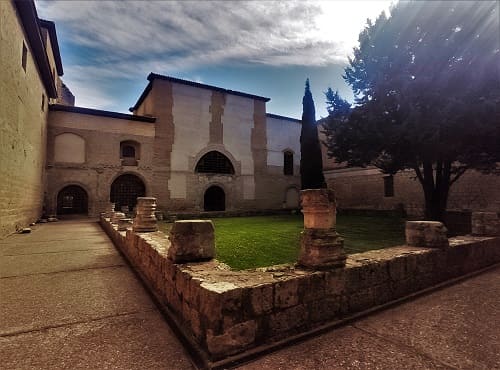

The most important churches are the church of Santa Cruz, which stands next to the main street in one of the most important streets. In the image I add the convent of El Carmen already outside what would be the layout of the old city.
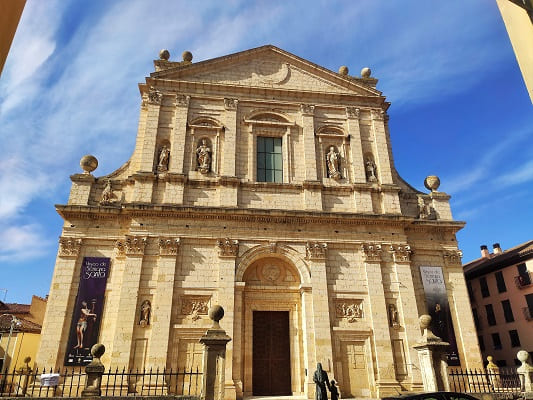

We continue by the church of Santiago Apostol, sometimes called Santiago de los Caballeros, in Medina de Rioseco (Valladolid, Castilla y León, Spain), it is a large-scale Catholic church built between the 16th and 17th centuries in an unusual amalgamation of styles, combining a very late Gothic with the Plateresque, Classicist and Herrerian renaissances, present in the exterior fabric and the interior elevation, and the Baroque, which characterizes the vaulted roofs and the monumental High Altarpiece. On the façade you can see the set of shields and symbols carved in stone, with all the splendor of the Spanish Renaissance style.
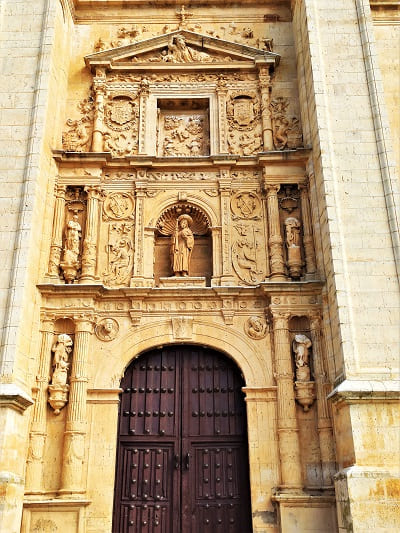
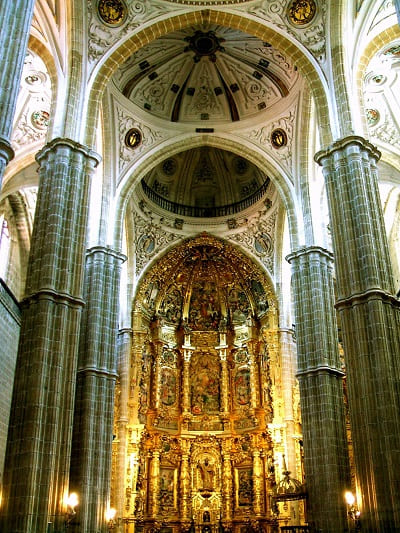
We finish by the church of Santa María de Mediavilla, the most important with one of the most valuable chapels in the entire province along with Tordesillas and Peñafiel. In the chapel where some of the most important nobles are buried such as the Benaventes, Don Álvaro Alonso de Benavente, and is represented in its golden dome in polychrome stucco with copious decoration based on saints, ribbons, monsters, children and different whims the final judgement, with Jesus and many of the most important characters of Christianity.
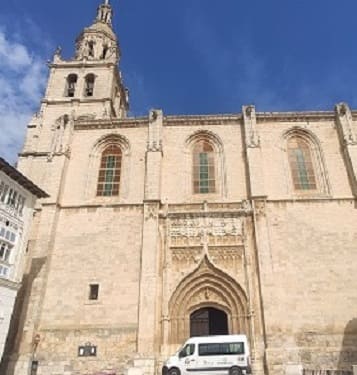
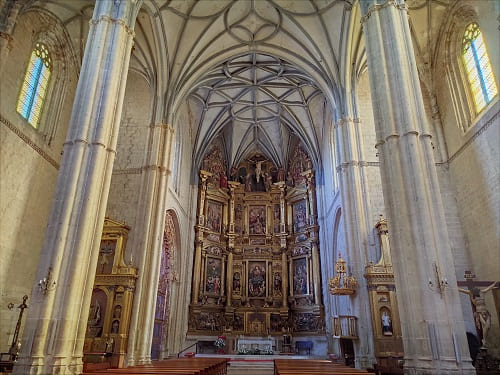
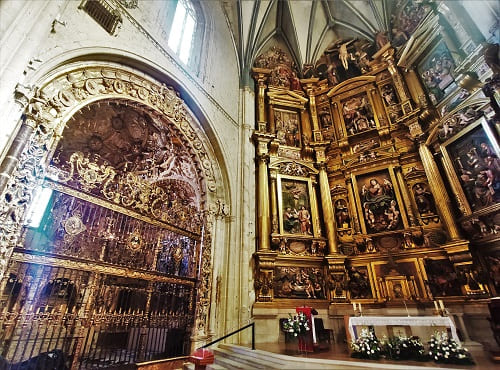
165. Valdenebro de los Valles
165. Valdenebro de Valles


166. Villalba de los Alcores
166. Villalba de los Alcores
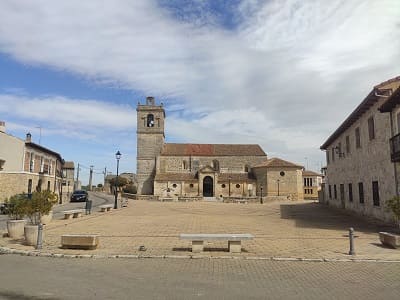


167. Montealegre de Campos
167. Montealegre de Campos
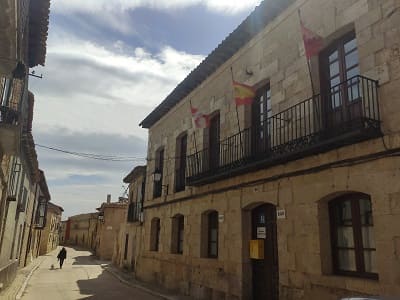
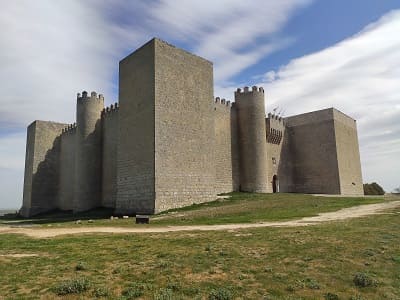

168. Ampudia
168. Ampudia
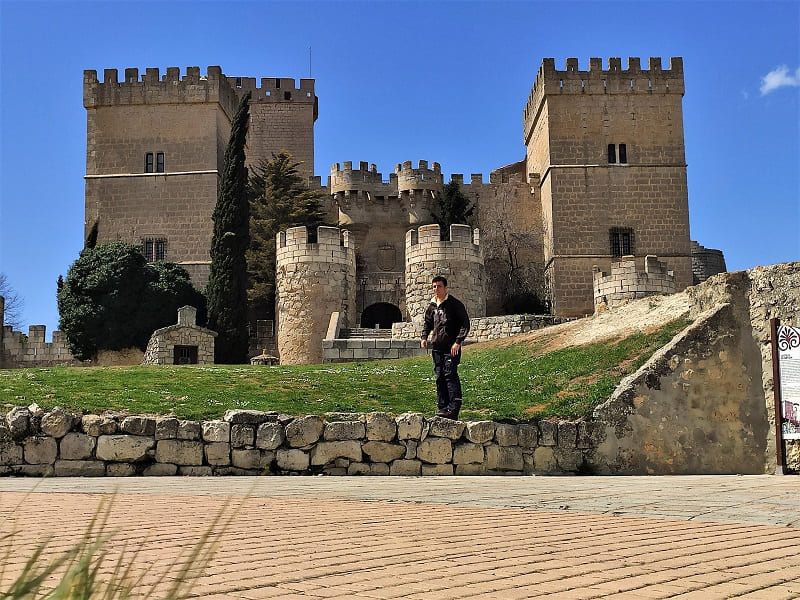
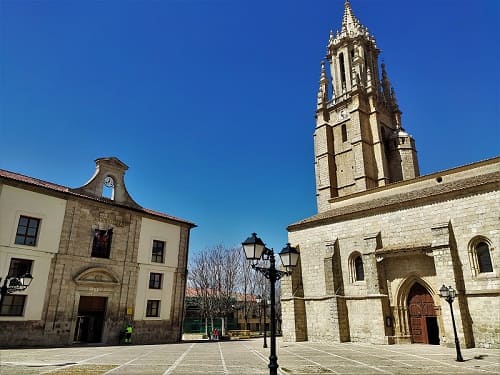
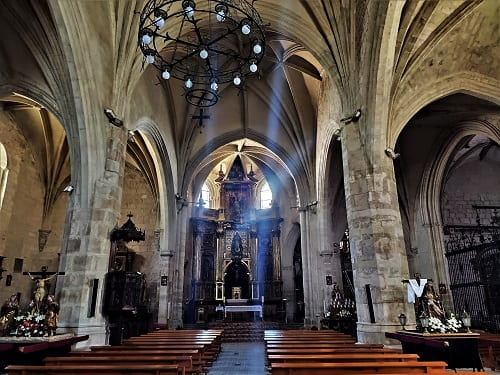

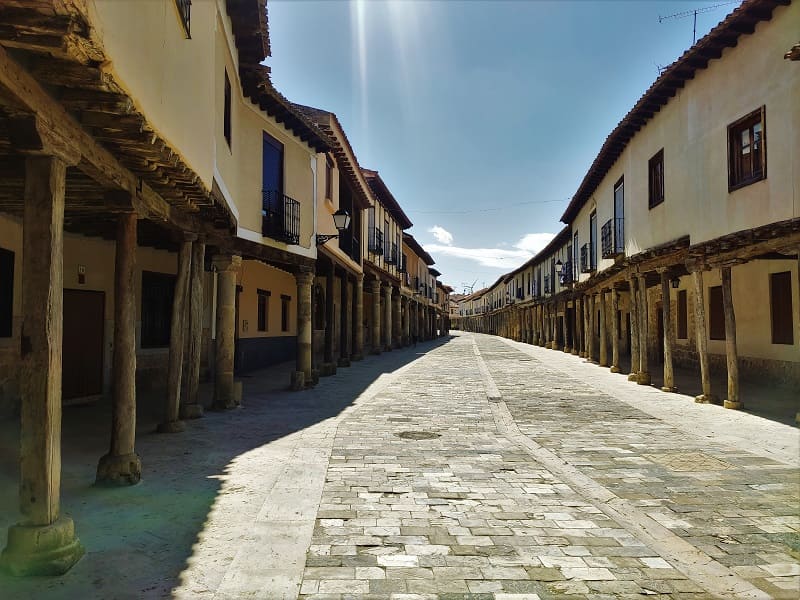

169. Dueñas
169. Dueñas
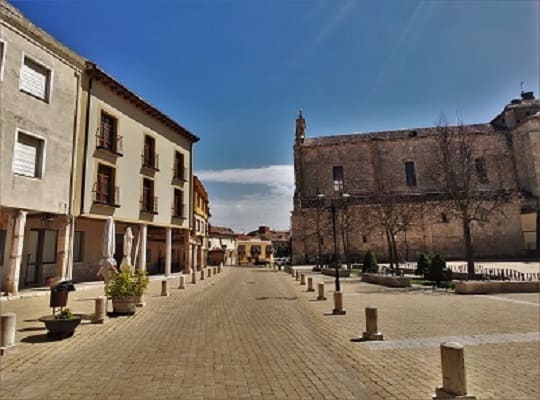
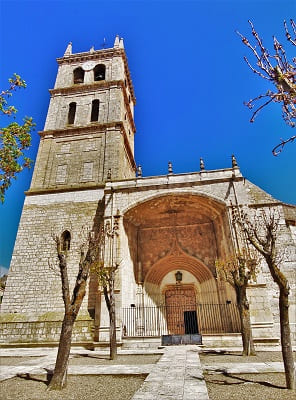


170. Olmedo
170. Olmedo
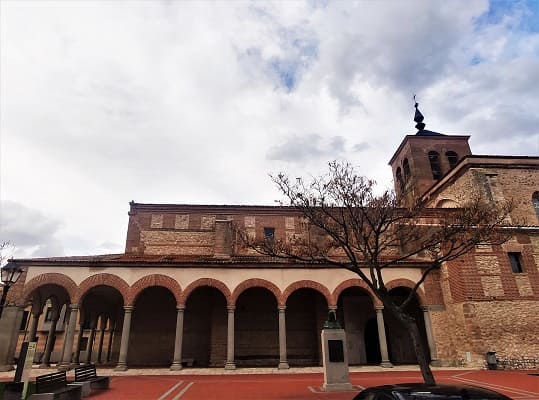
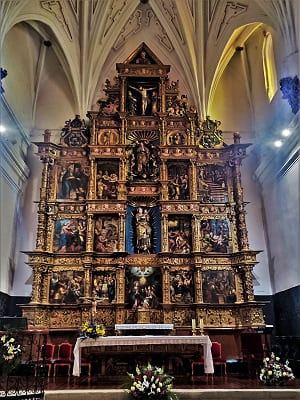 This town is also known for the play El Caballero de Olmedo, by Lope de Vega, the most important playwright of our era. There is a building, the Olmedo palace, where you can see a show with modern technology of the work. The entrance price in 2022 was around 4 euros, being together with the Mudejar miniatures park that is on the outskirts the great claims of the city and what contributes to giving money to the municipal coffers.
This town is also known for the play El Caballero de Olmedo, by Lope de Vega, the most important playwright of our era. There is a building, the Olmedo palace, where you can see a show with modern technology of the work. The entrance price in 2022 was around 4 euros, being together with the Mudejar miniatures park that is on the outskirts the great claims of the city and what contributes to giving money to the municipal coffers.

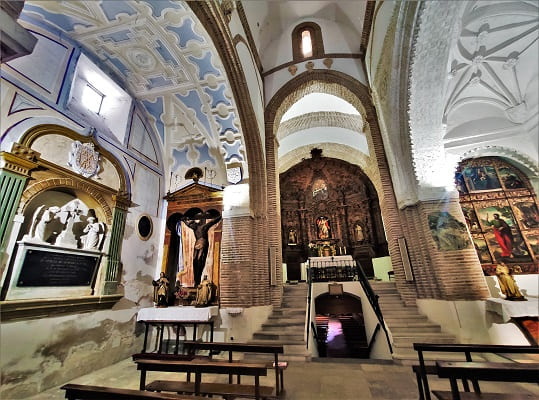

© 2016 - All Rights Reserved - Designed by Sergio López Martínez